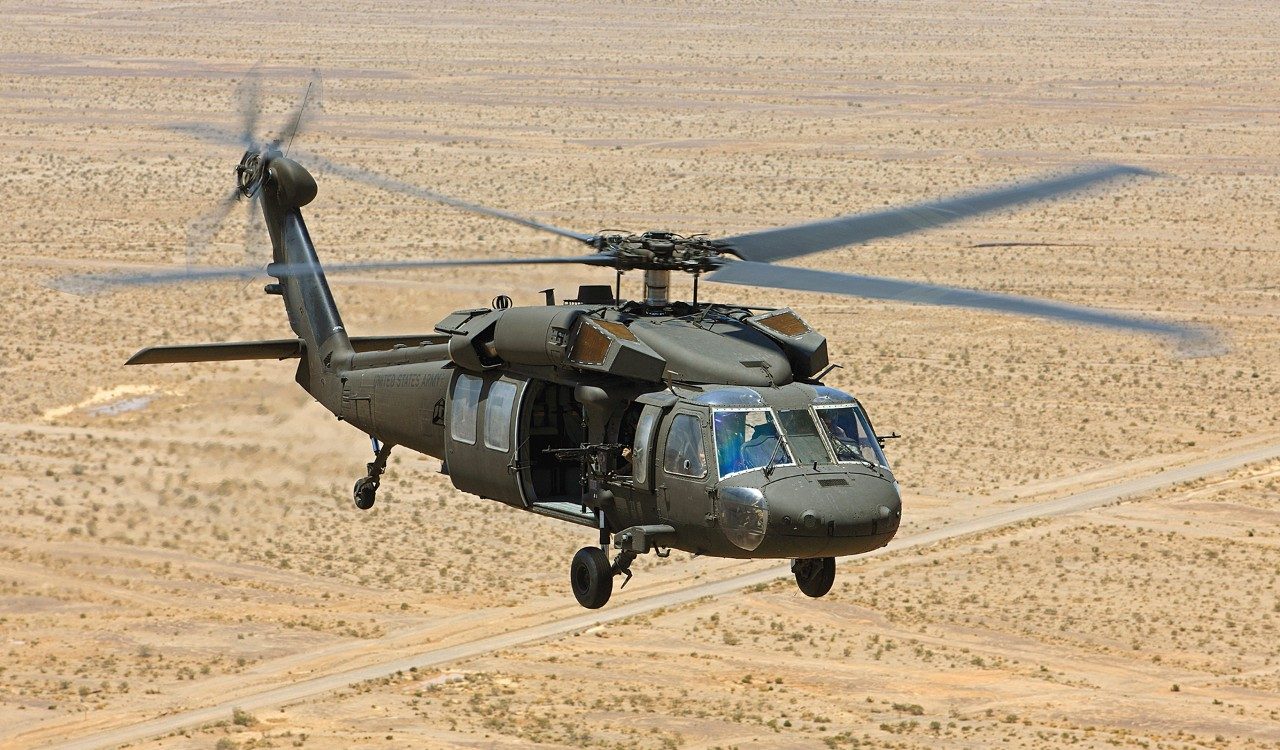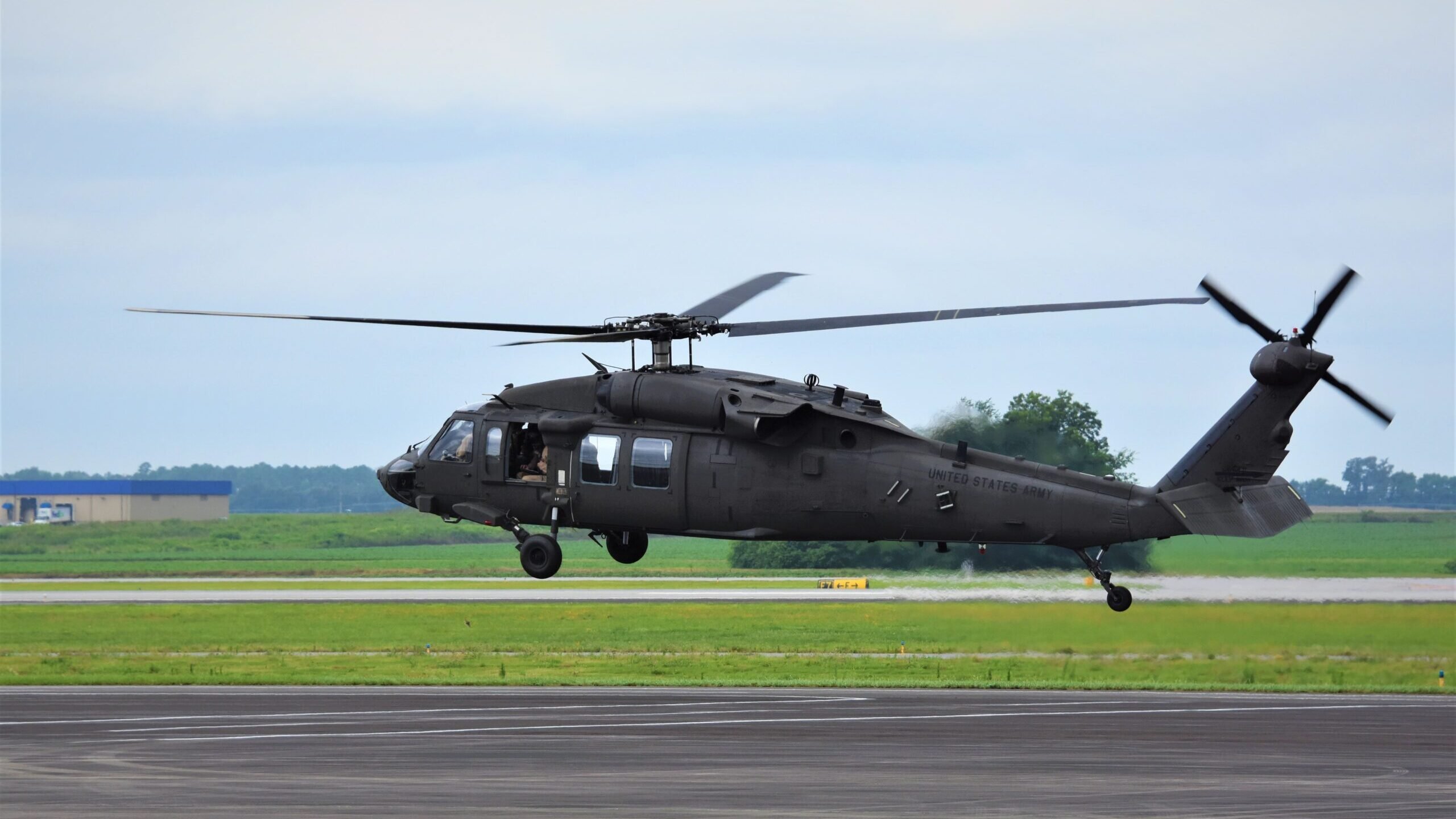A Comprehensive Guide to the Maintenance and Care of Airplane for Longevity
The durability of an aircraft hinges significantly on its maintenance and treatment, requiring an organized method to make certain optimal performance and safety. Understanding the details of these methods can be intricate; therefore, it is necessary to check out the important aspects that add to efficient airplane treatment and the implications of neglecting these duties.
Value of Normal Upkeep
Normal upkeep is important for the safety, effectiveness, and longevity of airplane. A systematic strategy to maintenance ensures that all parts work efficiently, consequently minimizing the threat of mechanical failure during procedure. Routine examinations and servicing permit professionals to recognize potential issues prior to they intensify into substantial troubles, making certain that the aircraft continues to be in compliance with air travel policies.
Furthermore, preserving an aircraft according to the producer's guidelines is important for maintaining its worth. A well-documented maintenance history can improve resale prospects and instill confidence in potential customers. Additionally, routine upkeep adds to functional effectiveness, as it helps to enhance gas consumption and efficiency metrics, causing set you back financial savings gradually.
Furthermore, normal maintenance adds to the general safety of flight procedures (uh 60). By attending to damage quickly, operators can minimize threats connected with aging airplane systems. This aggressive approach not only secures the lives of travelers and staff however additionally safeguards the airplane itself against disastrous failures

Daily Examination List
Exactly how can pilots and maintenance teams make sure the aircraft is in ideal condition prior to each trip? The response lies in a thorough day-to-day inspection list, which works as a vital protocol to determine prospective problems that might endanger safety and security and performance. This checklist needs to include a number of vital areas, including exterior and indoor assessments, as well as functional checks of important systems.
Starting with the outside, crews need to evaluate the airframe for any visible damages, leakages, or indicators of corrosion. Interest has to be paid to control surface areas, touchdown gear, and the problem of tires. Relocating to the interior, the staff must confirm that all tools and controls are operational, making sure that electronic systems are functioning correctly.

In enhancement to structural checks, it is important to evaluate fuel levels and confirm that all required files, including registration and weight and balance details, are up to date. A testimonial of emergency tools, including life vests and fire extinguishers, have to be carried out to ensure conformity with safety and security guidelines. By carefully following this everyday inspection list, pilots and maintenance crews can substantially boost the safety and security and integrity of their airplane.
Set Up Maintenance Programs
Scheduled maintenance programs are necessary for the long-term safety and effectiveness of airplane operations. These programs are developed to guarantee that all aircraft components undergo regular inspections, upkeep, and required repairs at established periods. By sticking to a structured upkeep routine, drivers can considerably lower the danger of in-flight failings, enhance aircraft dependability, and prolong the life expectancy of essential elements.
Generally, set up maintenance original site is classified right into different levels, consisting of A, D, b, and c checks, each with distinct demands and thoroughness. A checks are generally more regular and focus on basic aesthetic examinations and small repair work, while D checks are a lot more thorough and happen much less frequently, including substantial disassembly and overhaul of the aircraft.
Regulatory bodies, such as the FAA and EASA, required conformity with particular maintenance timetables based upon aircraft kind and usage. Operators should preserve meticulous documents of all maintenance executed to demonstrate compliance and assist in inspections. The combination of anticipating upkeep innovations can even more enhance the efficiency of scheduled programs by identifying possible problems before they escalate, thus ensuring that aircraft stay in optimum condition and ready for risk-free operations.
Look After Aircraft Interiors
Caring for airplane insides is crucial not only for guest comfort however likewise for preserving the total value and safety and security of the aircraft. Normal cleaning and upkeep of the indoor elements add significantly to a favorable flying experience while maintaining the airplane's visual appeal.
To make sure optimum treatment, it is necessary to develop a routine cleansing schedule that consists of vacuuming carpets, wiping down surfaces, and sanitizing high-touch locations. Upholstery and seating should be evaluated for deterioration, with any kind of damage quickly addressed to stop further wear and tear. Furthermore, attention must be provided to the galley and lavatory locations, which need comprehensive cleaning and restocking of materials to preserve health.
Additionally, making use of suitable cleaner is important; severe chemicals can damage products and surfaces, so it is advisable to use items particularly developed for aircraft interiors. Regular inspections need to additionally be conducted to determine any kind of maintenance needs, such as replacing worn-out seat covers or fixing window tones. By prioritizing the care of airplane insides, operators can improve the overall passenger experience and protect the financial investment in their airplane.
Understanding Regulative Conformity
Regulative compliance is a crucial facet of aircraft upkeep, frequently needing drivers to abide by a complicated framework of neighborhood, nationwide, and worldwide requirements. This structure is largely developed by aviation regulatory bodies such as the Federal Aeronautics Management (FAA) in the USA and the European Union Aeronautics Safety And Security Firm (EASA) in Europe - uh 60. These organizations state laws that control numerous elements of aircraft maintenance, including airworthiness, safety and security protocols, and functional procedures

In addition, operators have to remain educated about adjustments in guidelines and get involved in training programs official site to ensure that their staff is knowledgeable regarding compliance demands. Failing to conform with these laws can result in serious fines, consisting of penalties, grounding of aircraft, or loss of certification. Understanding and adhering to regulative compliance is extremely important for the durability and safety and security of airplane procedures.
Final Thought
Finally, the maintenance and care of aircraft are extremely important for making sure longevity, safety and security, and operational effectiveness (uh 60). Normal examinations, adherence to daily checklists, and systematic upkeep programs help with the very early identification of potential problems. Interest to the airplane's interior and compliance with regulatory requirements dramatically add to maintaining its value. By executing these practices, drivers can improve the total experience for travelers while guarding the investment in aviation assets.
The longevity of an airplane pivots considerably on its upkeep and care, necessitating a structured approach to make certain ideal performance and safety and security. By diligently following this daily assessment checklist, pilots and upkeep teams can considerably enhance the safety and security and reliability of their aircraft.
These programs are developed to guarantee that all aircraft components undertake routine assessments, upkeep, and essential repair work at predetermined periods. By prioritizing the care of aircraft insides, operators can boost the overall traveler experience and secure the financial investment in their airplane.
In conclusion, the upkeep and treatment of aircraft are vital for ensuring longevity, security, and operational efficiency.